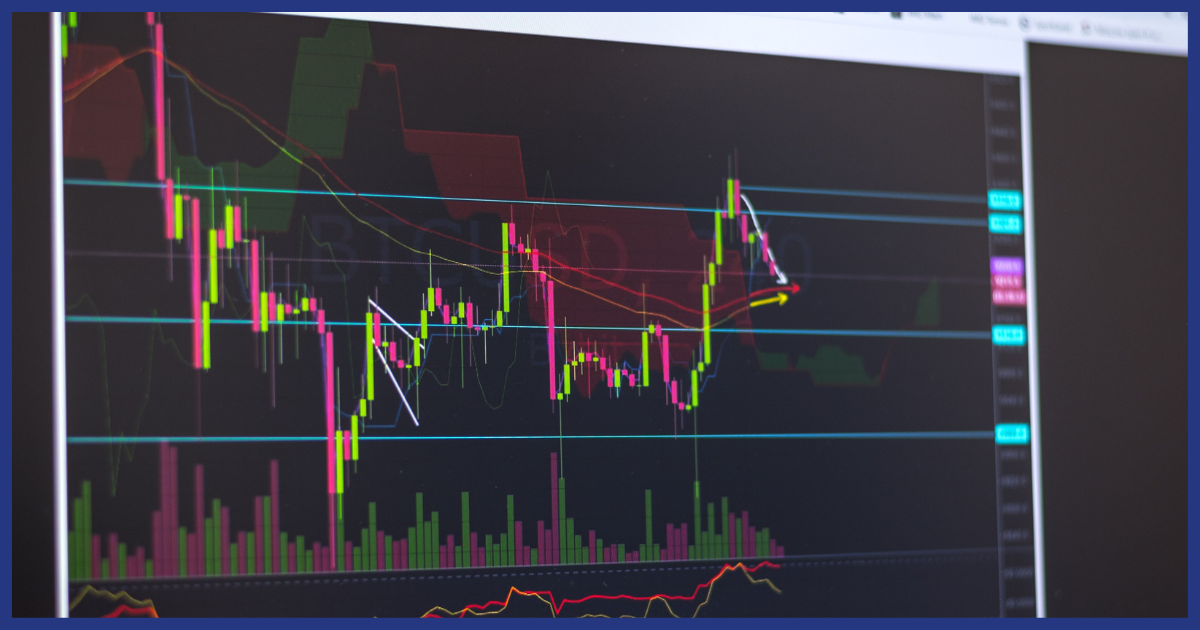At the end of July, the article “Construction Tasks Electronic Process Monitoring: Laboratory Circuit-Based Simulation Deployment” was published, co-authored by Luís Sanhudo from BUILT CoLAB, together with Diego Calvetti (CONSTRUCT/GEQUALTEC, Instituto da Construção), Pedro Mêda, João Poças Martins, Miguel Chichorro Gonçalves and Hipólito Sousa (CONSTRUCT/GEQUALTEC, FEUP).
This article appears in issue 12 of Buildings magazine, as part of the Special Issue “Towards Smart Tech 4.0 in the Built Environment: Applications of Disruptive Digital Technologies in Smart Cities, Construction, and Real Estate”.
Article abstract:
«The domain of data processing is essential to accelerate the delivery of information based on electronic performance monitoring (EPM). The classification of the activities conducted by craft workers can enhance the mechanisation and productivity of activities. However, research in this field is mainly based on simulations of binary activities (i.e., performing or not performing an action). To enhance EPM research in this field, a dynamic laboratory circuit-based simulation of ten common constructions activities was performed. A circuit feasibility case study of EPM using wearable devices was conducted, where two different data processing approaches were tested: machine learning and multivariate statistical analysis (MSA). Using the acceleration data of both wrists and the dominant leg, the machine-learning approach achieved an accuracy between 92 and 96%, while MSA achieved 47–76%. Additionally, the MSA approach achieved 32–76% accuracy by monitoring only the dominant wrist. Results highlighted that the processes conducted with manual tools (e.g., hammering and sawing) have prominent dominant-hand motion characteristics that are accurately detected with one wearable. However, free-hand performing (masonry), walking and not operating value (e.g., sitting) require more motion analysis data points, such as wrists and legs.»
You can consult the full article, in open format, here.

